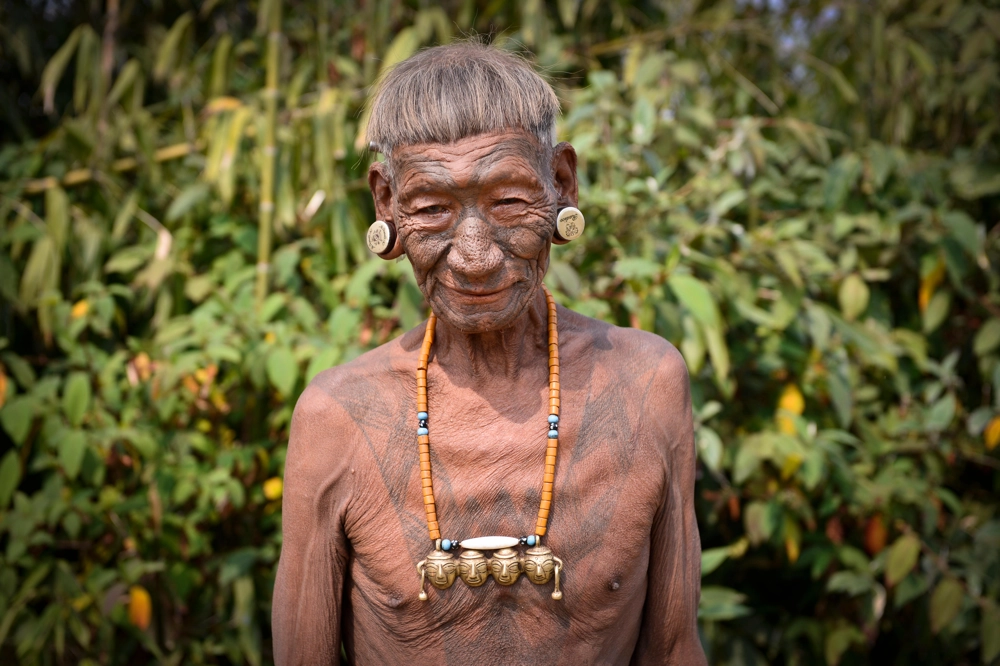For many, Nagaland instantly conjures images of the spectacular Hornbill Festival, a kaleidoscope of tribal dances, music, and traditions that draws visitors from across the globe. And while the Hornbill Festival is indeed a magnificent celebration of Naga culture, it merely scratches the surface of this enchanting state. Nagaland, often called the "Land of Festivals," is home to 17 major tribes, each with its own distinct dialect, customs, attire, and a calendar full of vibrant festivals that punctuate the agricultural cycles and life events.
At Greener Pastures, we invite you to look beyond Hornbill and delve deeper into Nagaland's rich tribal heritage and festivals, discovering the authentic heart of its people.
The Heart of Naga Culture: Its Diverse Tribes
The true essence of Nagaland lies in its diverse tribal communities, including the Angami, Ao, Chakhesang, Chang, Konyak, Lotha, Pochury, Rengma, Sangtam, Sema, Yimchunger, and Zeliang, among others. Each tribe boasts a unique identity, reflected in their:
- Distinctive Attire: Intricate weaves, vibrant colors, and unique headgears often symbolize tribal identity and social status.
- Traditional Arts and Crafts: From exquisite bamboo and cane work to wood carving, pottery, and metal crafts, Naga artistry is rich and diverse.
- Oral Traditions: History, folklore, and wisdom passed down through generations via captivating storytelling and traditional songs.
- Unique Cuisines: Each tribe has its own culinary specialties, often featuring smoked meats, fermented bamboo shoots, and indigenous herbs.
Engaging with these communities, perhaps through a guided visit to a traditional village like Khonoma (Asia’s first green village) or Mon (home of the Konyak tribe), offers an unparalleled glimpse into their lives.
A Calendar of Celebrations: More Than Just Hornbill
While Hornbill (December 1-10) is a must-see for its sheer scale, Nagaland’s local festivals offer a more intimate and authentic cultural experience. These festivals are deeply rooted in agriculture, warfare, and religious beliefs, serving as occasions for bonding, feasting, and showcasing traditional skills.
Here are a few prominent festivals beyond Hornbill that you should consider experiencing:
- Sekrenyi (Angami Tribe - February): A purification festival, often coinciding with the onset of spring, involving rituals, traditional singing, and feasting. It’s a time for cleansing and renewal.
- Moatsu Mong (Ao Tribe - May): Celebrated after the sowing season, this festival is dedicated to the supreme creator, asking for blessings for a good harvest. Expect lively dances, songs, and traditional sports.
- Bushu (Kachari Tribe - January/February): An annual post-harvest festival where offerings are made to ensure prosperity, celebrated with traditional dances and feasting.
- Aoleang Monyu (Konyak Tribe - April): The biggest festival of the Konyaks, marking the end of the sowing season. It's a grand celebration of ancestral spirits, feasting, and elaborate traditional costumes, particularly impressive in Mon district.
- Tuluni (Sema Tribe - July): A significant festival of the Sema tribe, a time of grand feasting and merry-making, celebrated by engaged couples and their families.
- Ngada (Rengma Tribe - November): Celebrated to invoke blessings for a good harvest and to ward off evil spirits. It includes rituals, folk dances, and traditional games.
Experiencing these festivals provides a window into the soul of Nagaland, showcasing the vibrant and resilient spirit of its people. They are not mere performances but living traditions passed down through generations. Our specialized Cultural Tours offer opportunities to witness these captivating events respectfully.
Traveling Responsibly: Respecting Traditions
When visiting Nagaland, especially during festivals or in tribal villages, it's essential to practice responsible tourism:
- Seek Permission: Always ask permission before photographing individuals, especially tribal elders. A simple gesture or a smile can go a long way.
- Dress Modestly: Especially when visiting sacred sites or during festivals.
- Engage Respectfully: Be open to learning about their culture, ask questions politely, and accept hospitality with grace.
- Support Local: Purchase locally made handicrafts and souvenirs directly from artisans to support their livelihoods and traditional crafts.
- Use Registered Guides: Engaging local guides not only enriches your experience with their invaluable insights but also ensures your visit supports the local economy.
Nagaland is more than just a destination; it's a journey into a living museum of indigenous cultures. By venturing beyond Hornbill and exploring its myriad festivals and tribal villages, you embark on an adventure that is not only visually stunning but also deeply enriching and culturally profound. It's an invitation to connect with a way of life that cherishes community, tradition, and the land.
Are you ready to unearth the hidden treasures of Nagaland's vibrant heritage?
Let Greener Pastures guide you on an authentic journey. Explore our comprehensive Nagaland Tour Packages, or consider contacting us to tailor your cultural immersion around specific festivals or tribal visits.
Tags:
Nagaland, Tribal Culture, Hornbill Festival, Naga Tribes, Kohima, Cultural Experiences, Northeast India Festivals, Indigenous Heritage, Authentic Travel

